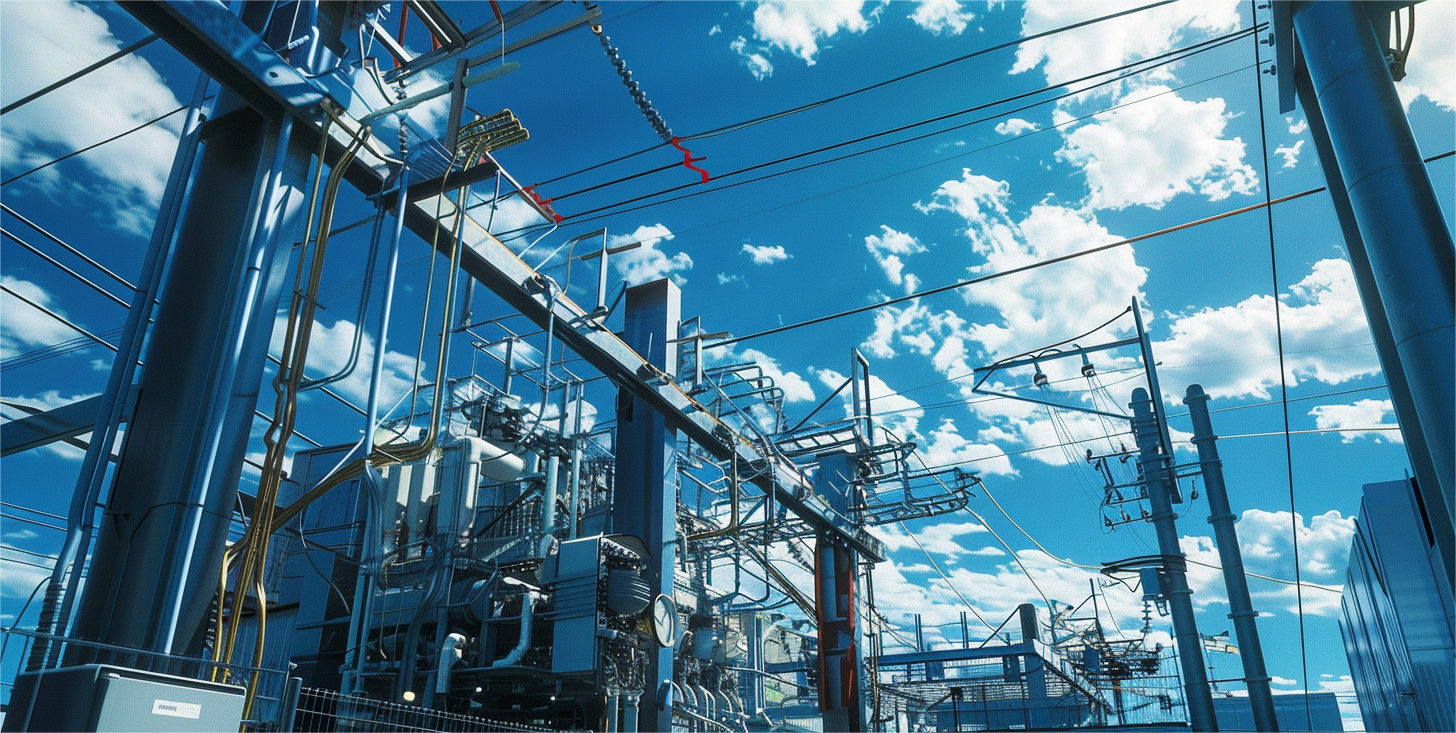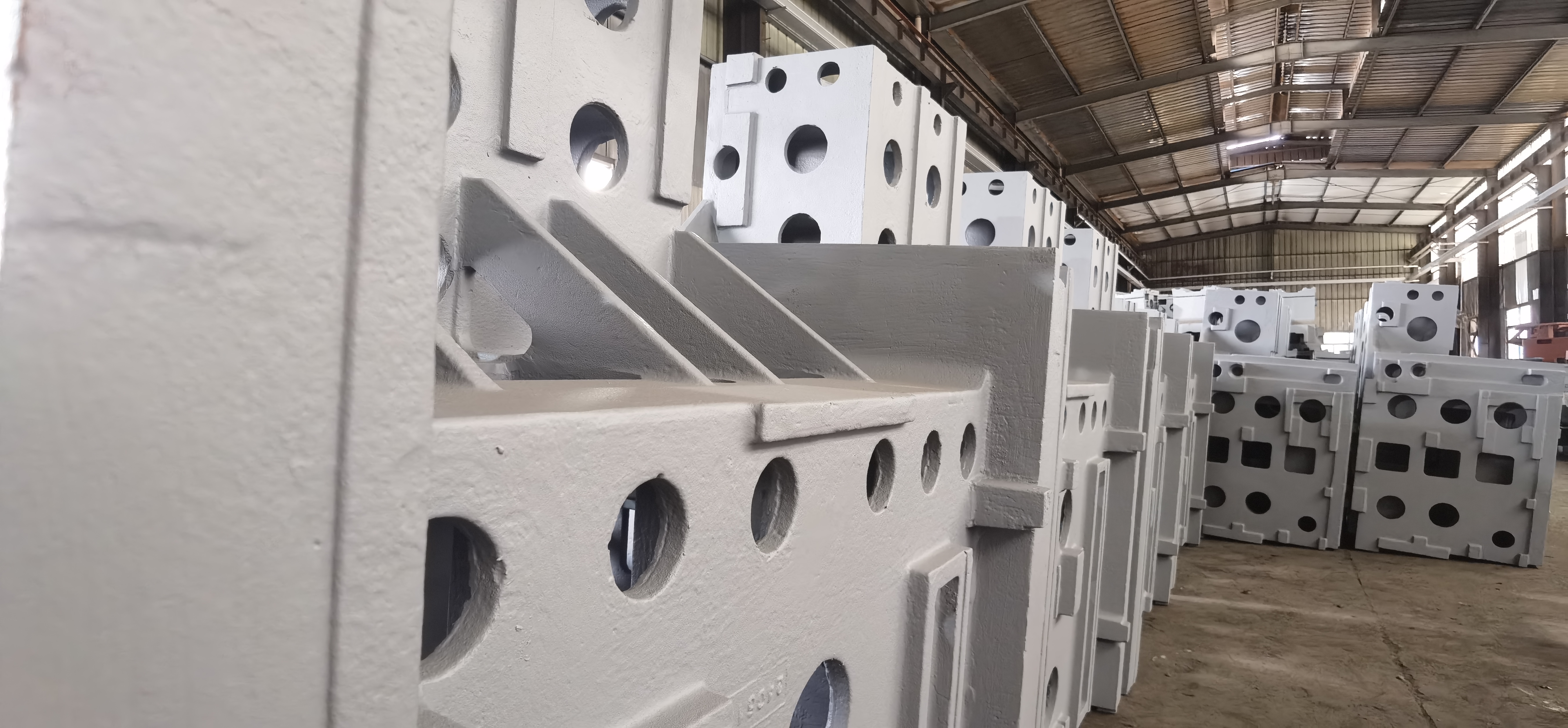Learn more
What are the ways to improve the surface quality of cast iron parts? Just grasp these points
Time: 2024-08-29Source: View: 142
In the foundry industry, the quality of castings is undoubtedly the top priority. In addition to the various performances of castings, the appearance quality is also an important indicator for customer acceptance. Whether the appearance of the casting is smooth and flat is also of certain value to practical applications. Generally speaking, improving the surface quality of cast iron parts is a comprehensive process involving control and optimization in multiple aspects. we usually carry out quality control in six aspects to improve the quality of the casting surface.

1. Choose the appropriate casting process
Process type: Common casting processes include sand casting, lost wax casting, die casting, etc. Different casting processes have different effects on the surface quality of cast iron parts. It is necessary to select the appropriate process according to the specific requirements and conditions of the specific castings, in order to reduce the probability of problems in the intermediate process.
Process optimization: In the casting process, by optimizing casting parameters, such as pouring temperature, pouring speed, cooling speed, etc., the surface quality of cast iron parts can be effectively improved.,This is a difficult link in the casting process, which tests the technical ability and practical experience of the casting personnel.. At the same time, pay attention to adjusting the gate and exhaust system to avoid defects such as shrinkage holes and bubbles during casting. These defects will first destroy the quality of the casting surface, and then have a great impact on the overall performance.
2. Choose high-quality casting materials
Material selection: High-quality casting should be given priorityOriginalmaterials, reduce defects and impurities on the surface of castings.Poor quality materials will affect the appearance and performance of castings. Sometimes, even if all links are perfectly executed, bad materials will still cause problems in castings. Try to choose qualified raw materials to reduce a point prone to problems from the source.
Material inspection: Strict inspection and control of casting materials to ensure that their chemical composition, physical properties and surface quality meet the requirements. Before using casting materials, some inspection methods can be used to check whether the quality of the materials meets the requirements. If there are any problems, try to solve them before casting production.
3. Strengthen the maintenance and management of casting equipment
Equipment maintenance: Regularly clean and maintain casting equipment, replace wearing parts, and ensure the normal operation and accuracy of the equipment.
Fault handling: For faulty equipment, it is necessary to repair and replace it in time to avoid affecting the quality of the casting.
Except for the uncertainty of raw materials, casting equipment is also a point that is easily overlooked. Big problems with equipment are easy to find, but small problems are easy to be ignored. Check the condition of the equipment regularly to avoid any faults that have a negative impact on the performance and appearance of the castings.
4. Surface treatment
Mechanical polishing: Polishing tools and abrasive particles are used to modify the surface of the casting to make it smoother and more uniform. Mechanical polishing generally goes through rough polishing, semi-finishing polishing, and fine polishing. It is necessary to select appropriate polishing tools and process parameters.
Chemical polishing: Use chemical agents to polish castings, and the metal reacts with the chemical components in the reagents to dissolve the rough parts of the casting surface. Chemical polishing has the advantages of high work efficiency and large processing volume, but it is necessary to pay attention to the ratio of chemical reagents and the control of polishing time.
In most cases, there are some minor flaws on the surface appearance of casting products. Chemical reagents or mechanical equipment are usually used to optimize the surface. Just control the use time and degree.
5. Anti-rust treatment
Room temperature blackening treatment: After pre-treatment (degreasing, rust removal and activation), the cast iron parts are subjected to room temperature blackening treatment, which can form a dense black oxide film on the surface of the castings, improving the rust resistance and appearance quality of the castings.
Other anti-rust treatments: According to the working conditions and requirements of the castings, phosphating treatment, black nickel plating and other anti-rust treatment methods can also be selected to improve the corrosion resistance and decorativeness of the castings.
The preservation of castings also needs attention. If there are appearance problems during the storage stage, it will affect the final delivery.
6. Quality control and testing
Process control: During the casting process, strengthen quality control and testing, discover and correct problems in a timely manner, and ensure that the surface quality of the casting meets the requirements.
Finished product inspection: Multi-angle inspection and evaluation of finished castings, including surface quality, dimensional accuracy, internal quality, etc., to ensure that the casting quality meets the standards.
Casteks has always attached great importance to the quality of casting products and has established a complete and rigorous quality control process, which can reduce the probability of casting defects from the beginning of casting design. Defects on the surface of castings are common casting problems. Casteks has rich experience in prevention. Customers are welcome to consult.
-
Walking into the Casteks casting factory , they actually do these things for customers2024-09-12
-
Casting helps upgrade the "heart" of industry - what has Casteks done for the development of Suzhou's industrial mother machine industry?2024-09-05
-
Warm congratulations to STK Technology (Jiangsu) Co., Ltd. for being included in the second batch of "Standardized Conditions for Foundry Enterprises" list of qualified enterprises of China Foundry Association2024-09-03
-
Casteks Metal Technology (Jiangsu) Co., Ltd. officially joined the Jiangsu Foundry Association2024-08-22
-
Casting Observation: Why did the Japanese electrical giant choose Casteks? Three core advantages lay the foundation for cooperation2024-08-22



